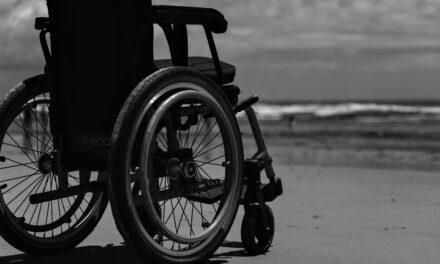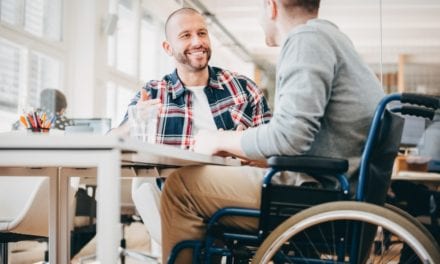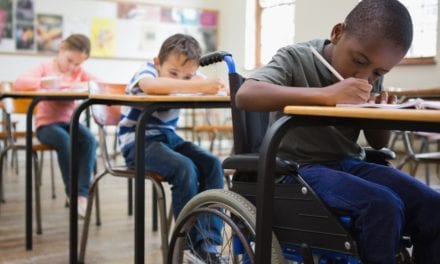
Teen Motorcyclists: Risks and Safety Measures

Teenagers who ride motorcycles face unique risks on the road due to their limited driving experience and development. Understanding these risks and implementing appropriate safety measures is crucial for ensuring the well-being of teen motorcyclists. In this article, we will explore the specific risks faced by teen motorcyclists and discuss safety measures that can help mitigate these risks.
Teen Motorcyclists Have Limited Driving Experience
Teenagers typically have limited driving experience compared to older riders. This lack of experience can lead to challenges in judgment, hazard recognition, and decision-making while riding a motorcycle. It is important for teen motorcyclists to gain sufficient experience through supervised practice, rider training programs, and gradual exposure to different road and traffic conditions.
Inexperience with Motorcycle Handling
Motorcycles require specific skills and techniques for safe handling. Teen riders may not have had sufficient time to develop these skills, which can increase the risk of accidents. Enrolling in a formal motorcycle safety course designed for beginners can help teen motorcyclists learn proper riding techniques, maneuvering, and emergency responses. Ongoing training and practice are essential for developing confidence and competence in motorcycle handling.
Teen Motorcyclists Have Greater Vulnerability on the Road
Teen motorcyclists are more vulnerable on the road due to their smaller size and reduced visibility compared to other vehicles. Other drivers may have difficulty seeing and anticipating the movements of teen riders, increasing the risk of accidents. Wearing bright and reflective clothing, using headlights at all times, positioning themselves strategically on the road, and practicing defensive riding techniques can help enhance visibility and reduce the vulnerability of teen motorcyclists.
Peer Influence and Risk-Taking Behavior
Peer influence and risk-taking behavior are common among teenagers, which can have adverse effects on their safety while riding motorcycles. Teen motorcyclists may be more prone to engaging in reckless behavior, such as excessive speeding, stunt riding, or riding under the influence of alcohol or drugs. Educating teen riders about the consequences of risky behavior, promoting responsible riding habits, and setting positive examples can help mitigate these risks.
Importance of Protective Gear
Teen motorcyclists must prioritize wearing appropriate protective gear to reduce the risk of injuries in case of an accident. This includes wearing a DOT-approved helmet, sturdy protective clothing, gloves, and boots. It is crucial to educate teen riders about the importance of protective gear and enforce its use at all times to enhance their safety on the road.
Parental Involvement and Supervision
Parental involvement and supervision play a vital role in the safety of teen motorcyclists. Parents should actively engage in their teen’s motorcycle riding journey by providing guidance, setting rules, and ensuring compliance with safety measures. Supervised practice rides, open communication, and monitoring of their teen’s riding activities can help mitigate risks and support safe riding practices.
Conclusion
Teen motorcyclists face specific risks on the road due to their limited driving experience and developmental stage. By addressing these risks through adequate training, experience, proper protective gear, responsible riding habits, and parental involvement, we can enhance the safety of teen motorcyclists and promote a culture of responsible riding among the next generation of riders.








